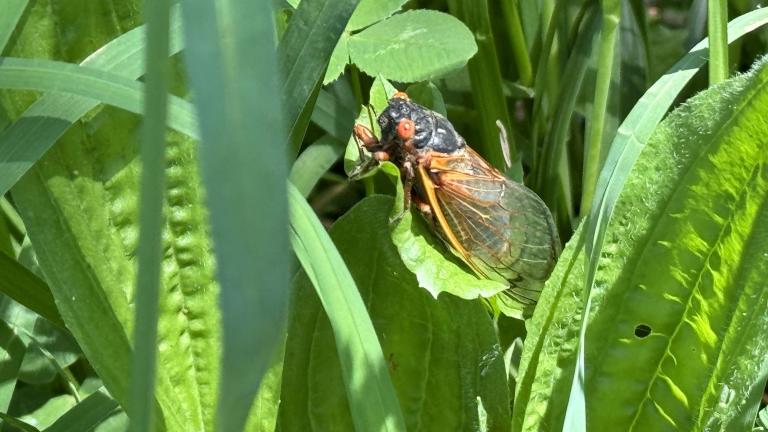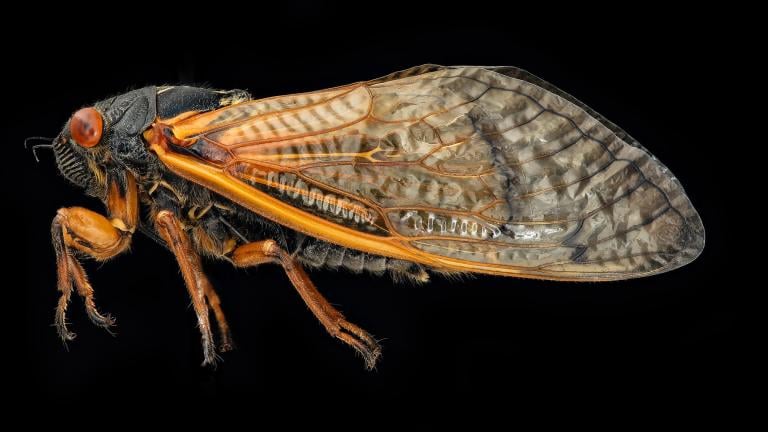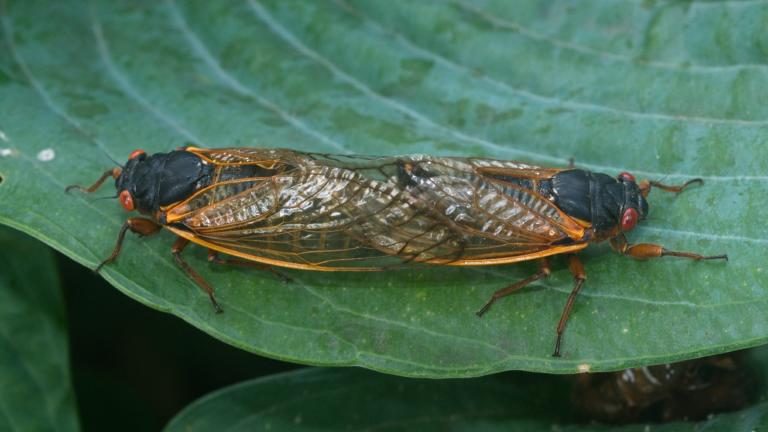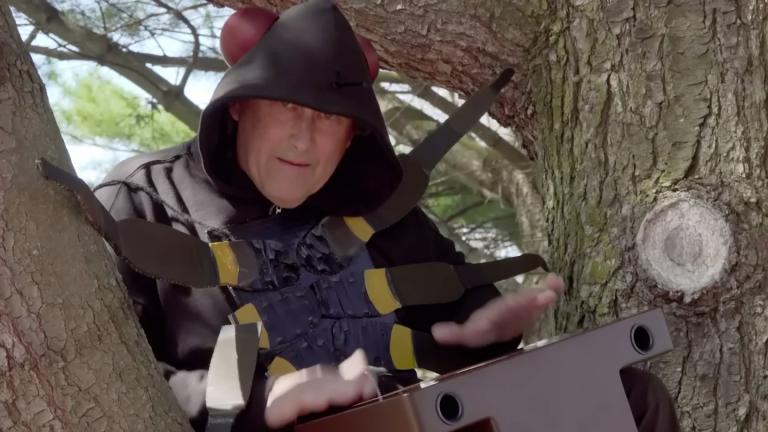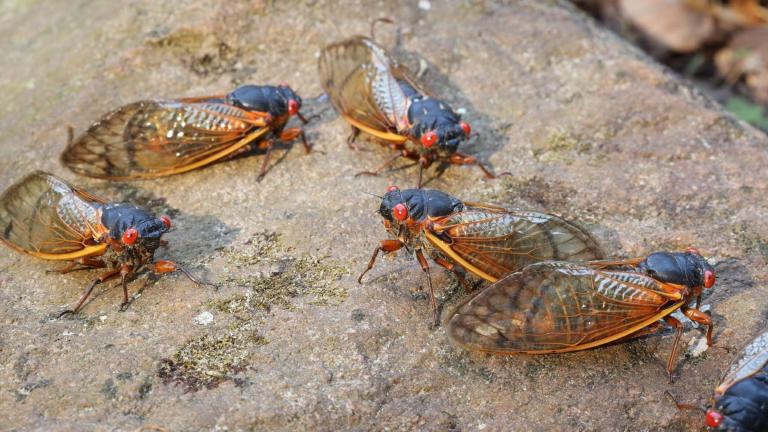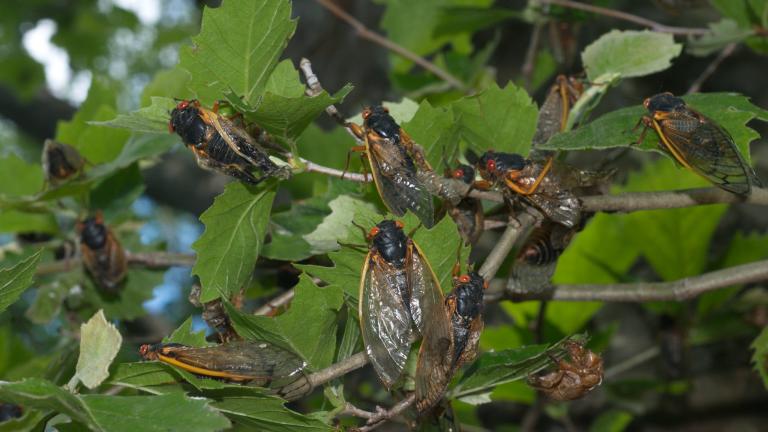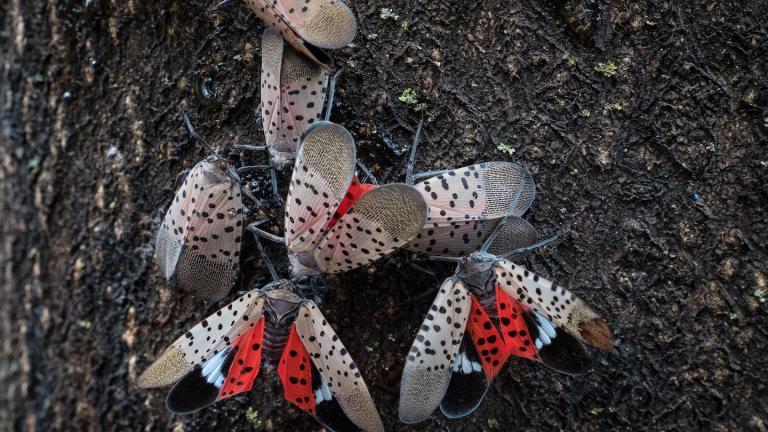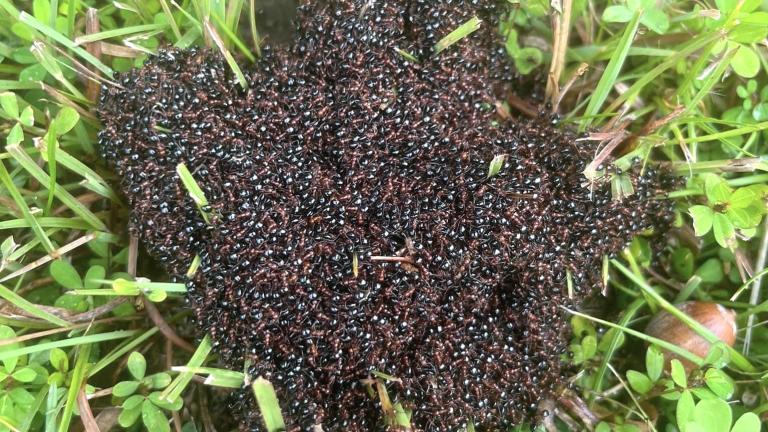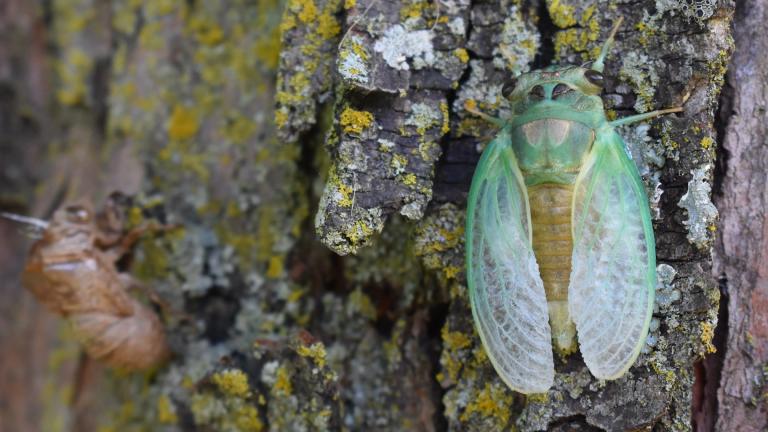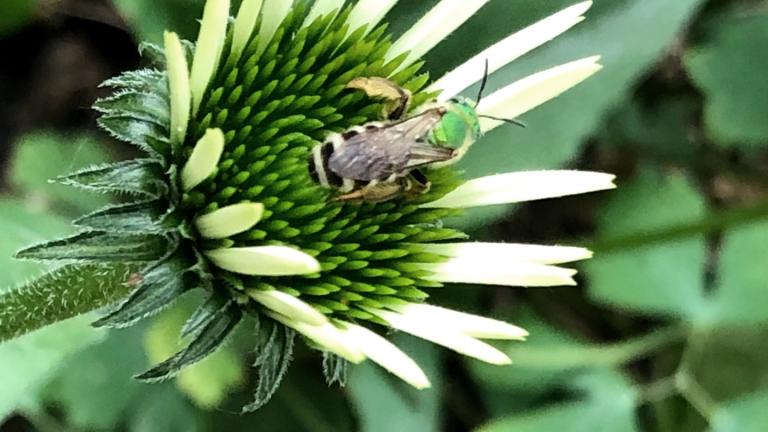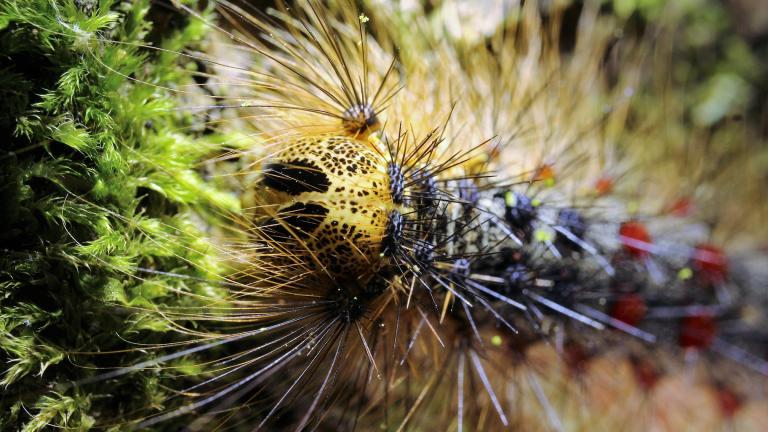Periodical cicadas use trees’ lifecycles to “count” years. But when trees get duped by climate change, so do the insects. Could it lead to new broods?
Insects
The Illinois Department of Natural Resources has announced its plan to host a cicada-themed art show during the Illinois State Fair and is seeking entries from the public, looking for interpretations of cicadas or broods.
In 2024, Illinois can’t be beat for periodical cicadas. Here’s everything you need to know about these fascinating creatures, and what to expect between now and July.
“Nature education is a big part of what we do here, but you gotta find a way to make it interesting so that people actually watch it,” said Jonathan Mullen, part of the team behind the viral video.
Cicada Watch 2024 is reaching fever pitch in the Chicago region, where Brood XIII periodical cicadas are expected to burst from the ground by the millions, any day now. Here’s what’s in store.
It’s not uncommon for some cicadas to jump the gun, experts said. Recent sightings, especially after last weekend’s rains, aren’t a sign that the mass emergence has started.
In case you haven’t heard, the cicadas are coming, and things are about to get loud. WTTW News explains.
Young trees could be vulnerable to damage from the emergence of millions of periodical cicadas in Illinois this spring. Here are tips on how to protect your trees.
The insect was found in the Fuller Park neighborhood of Chicago, according to a spokesman for the Illinois Department of Agriculture.
If their nests become waterlogged, ants will evacuate and form a waterproof ball that floats on the surface until the waters recede.
Beetles, and weevils in particular, are thought of as destructive pests. Bruno de Medeiros, assistant curator of insects at the Field Museum, is upending those preconceptions.
A black bear was caught on video running through the parking lot of a Gurnee daycare. Wildlife officials confirmed the sighting as the real deal.
Bell Bowl Prairie was bulldozed Thursday morning after an 18-month fight to save the ancient prairie remnant from destruction by Rockford Airport, which is carving out a roadway for an expansion of its cargo operations.
What's that you say? Cicadas have been uncommonly loud all day long? There's likely a simple explanation for the sustained volume.
The Chicago Park District is joining a national community science project designed to raise awareness of all the bees, butterflies, beetles, moths and wasps that rely on urban green spaces for food and shelter.
Several sites in northeastern Illinois — including Waterfall Glen, Des Plaines Riverway, Hidden Lake and Wood Ridge forest preserves — will be sprayed with fake pheromones to confuse spongy moth males and disrupt mating.

